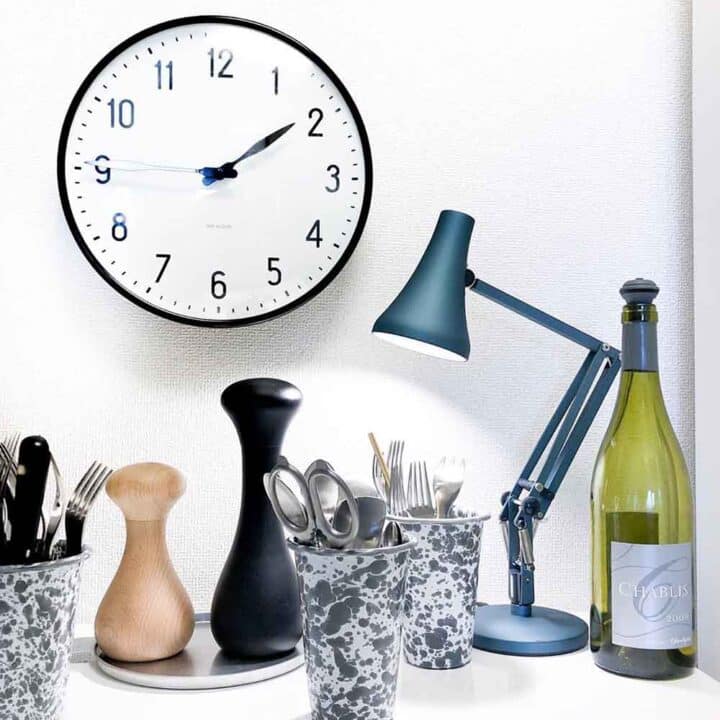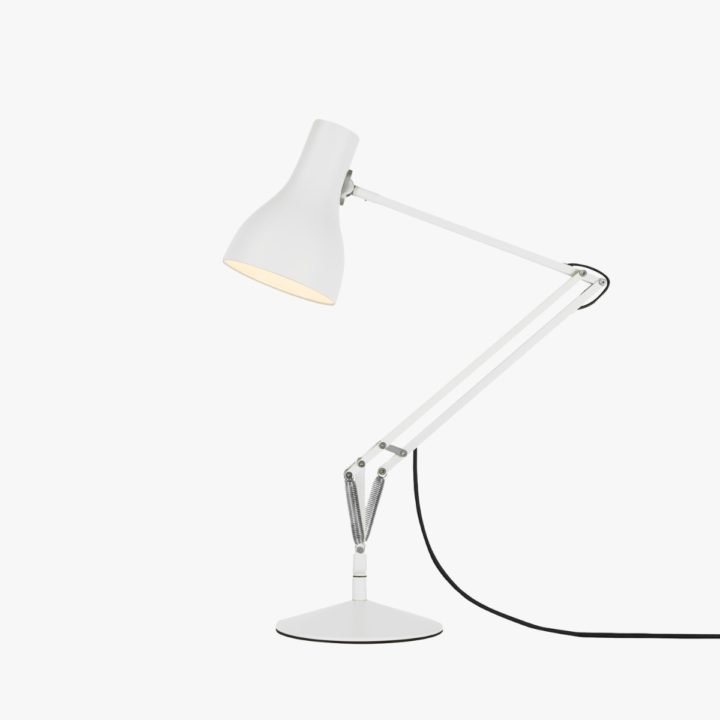Anglepoise-stories
Sasimonokagu Takahashi: a technique called Sasimono that combines wooden materials without nails

About Sasimonokagu Takahashi: Please explain in a few words your activity
Sasimono Kagu Takahashi is a furniture studio I, Yuji Takahashi, opened in 2010 at Kumano-machi, Hiroshima. We produce original furniture and accessories using the wood from Hiroshima with the traditional technique called Sasimono that combines wooden materials without nails. We make a wide range of products for daily life, from chopsticks to spaces.

We have done some projects in recent years working with domestic and international designers such as Claesson Koivisto Rune (Sweden) and Teruhiro Yanagihara (Japan). The projects are such as Hamacho Hotel (Tokyo) Hermes After sales Centre (Osaka).
We have also done some collaboration projects:
“Rolo stool”, with mina perhonen https://www.mina-perhonen.jp/en/
The combination shelf named “hako” (a box in Japanese) with Karimoku Furniture, one of the top manufacturers in Japan.
Also, late July this year, we had a hotel project with Mitsui Garden Hotel Kyoto Sanjo Premier. We have produced chairs and room accessories for all the guest rooms.
https://www.gardenhotels.co.jp/kyoto-sanjo-premier/eng/
To handle the production of large orders of approximately 600 chairs, we cooperated with Maruni Mokou, a long-established furniture manufacturer also in Hiroshima. As this project, I enjoy working freely with various people, sometimes as a craftsman and sometimes as a designer, without categorizing myself.

Where do you take inspiration for your creations ?
The old tools made by our ancestors in Japan as well as around the world (everything from woodworking tools such as planes and other small objects used in daily life to furniture and architecture). In my mind, designing furniture and creating furniture fulfills both the creation of form as well as the process and structure of how it is made.
My goal is to make my material, wood, look beautiful. Therefore, I do not want to emphasize the uniqueness of the form but I am interested in how I can make something that does not seem to exist until now, and how I can enhance its perfection as a tool. I would like our products to be used and matured at least 300 years.
To realise it , the items handed down from our predecessors are valuable materials. I believe what we incorporate into ourselves and how we incorporate what our predecessors have created in the past will lead to the creation of more complete and attractive products.

Tools are of upmost importance for your trade, any favorite (outside of the Anglepoise lamps obviously), and what does it do ?
・Antique Peugeot coffee mill
・Hand-cranked coffee roaster
・Digital camera
Coffee mill:
The Peugeot coffee mill manufactured around 1920-1950. I came across it at a flea market in the Netherlands in 2017, it was in very poor condition, so I disassembled it and did some repairments. I remade all the wooden parts (drawer knobs, front board, body and grips) by myself. Since then, I have been using it for a long time.
I was very interested in coffee and hand drip, but I had avoided it because I thought it would be too difficult. However, after I met this mill, I was more and more absorbed in coffee because of how nice and comfortable to use as a tool. I started to do hand drip because I want to grind beans with this mill. I learned once again from this mill that a good job starts with the tools.
Next is the hand-cranked roasting machine:
Our workshop is located in the suburbs of Hiroshima City, and many of our customers come here to visit us. We first got into coffee as we wanted to welcome our customers with, and now we do everything from roasting to hand drip coffee making to welcome our customers visiting our studio.
The coffee mill I use is the model of the legendary “Daibo Coffee” coffee shop in Japan. I learned the art of roasting from Mr. Daibo. (*about Daibo coffee for your reference: https://www.nippon.com/en/japan-topics/b01730/daibo-coffee-a-tokyo-legend.html)
The hand-cranked roasting machine just keeps cranking for 40 to 60 minutes. The green beans are roasted by sensing the color, smell, and temperature with all five senses. This is exactly the same handwork that I value in woodwork. It is a different genre of woodwork that I am pursuing, It gives me an objective view of pursuing woodwork and is simply very enjoyable.
Digital camera:
I use a Leica M10-P. I take almost all of the photos on the studio’s website and Instagram. Photographing makes me think about how light and shadow, straight lines and curves look and present themselves. One of the key elements of my woodwork is “Sasimono”, which I learned in Kyoto.
What is important in “Sasimono” is to show the beauty of the wood. I believe in order to show the beauty of the wood, the form should be simple. Because of the simplicity of the form, how it is presented in a photograph is very important.
Photography helps me to visualize the form in three dimensions when designing.

We drink mostly black breakfast tea at Anglepoise HQ in the UK, what’s the drink of choice at Sashimonokagu Takahashi ?
We are frequent coffee drinkers. It is our daily routine to enjoy the hand-drip coffee using the beans I roasted with my wife Kana during our breaks. We also enjoy Japanese tea and black tea.
Thanks to Yuji Takahashi / Sasimono-kagu Takahashi
https://www.instagram.com/sasimonokagu_takahashi
https://www.facebook.com/sasimonokagu.takahashi
Translated from Japanese









